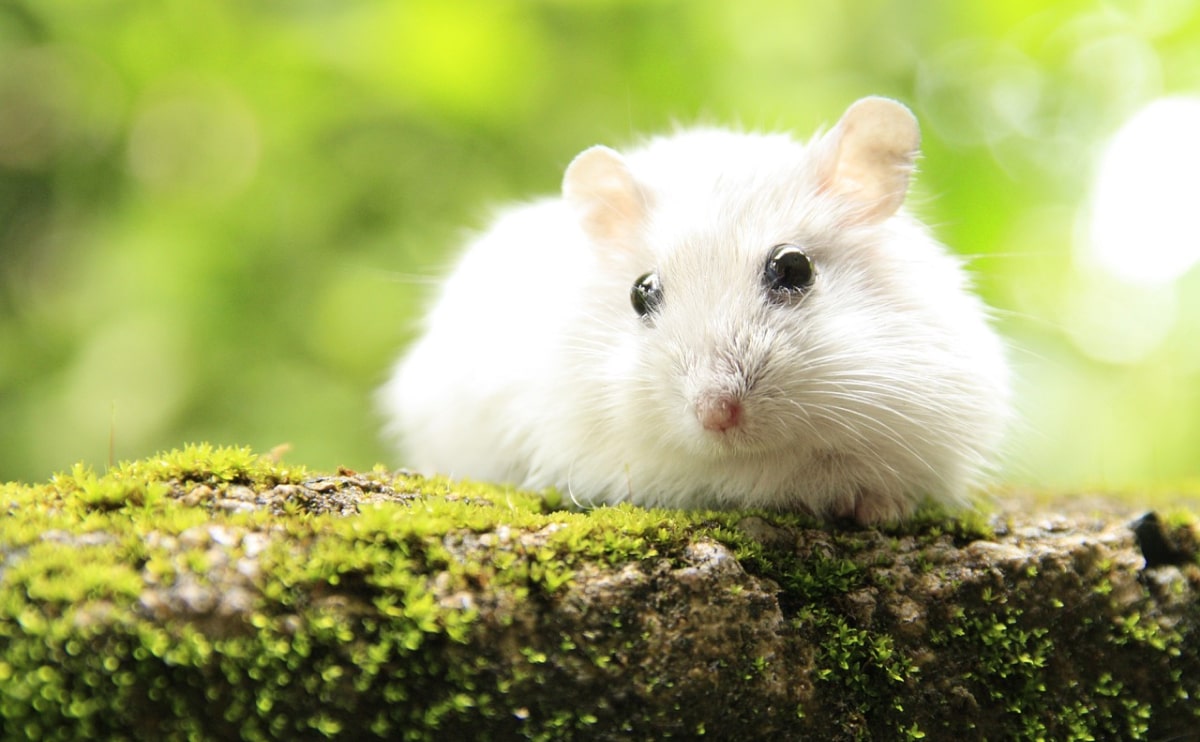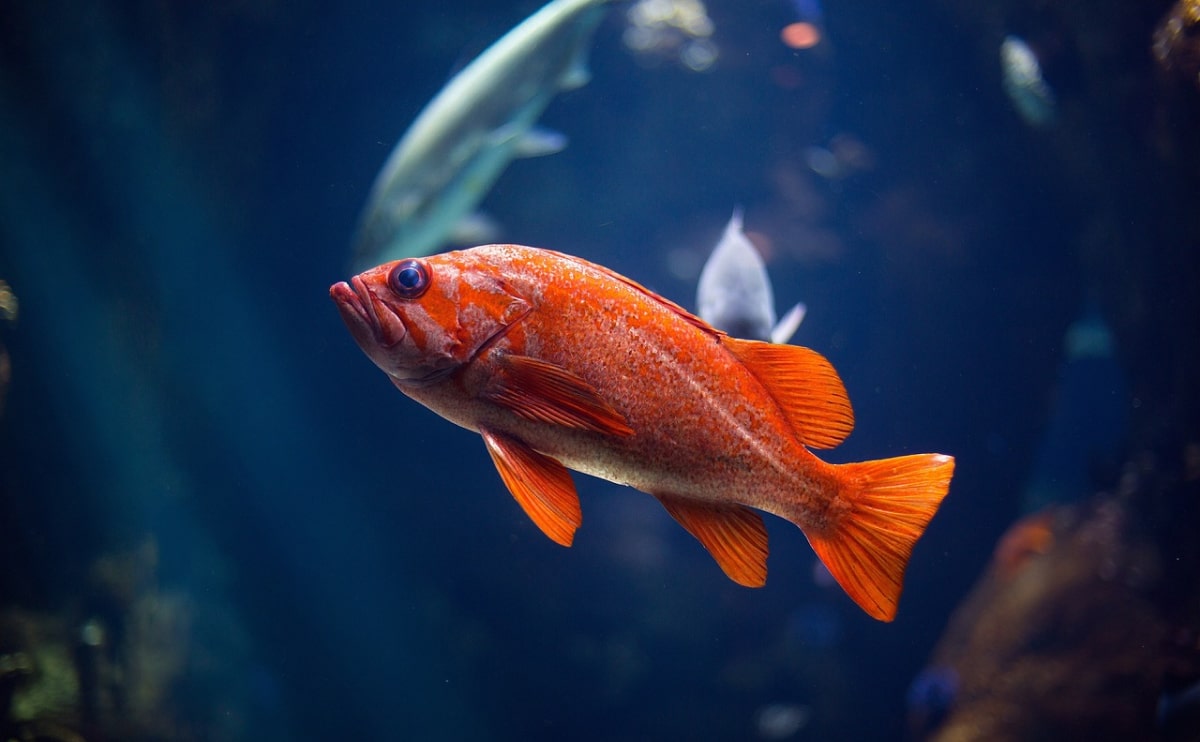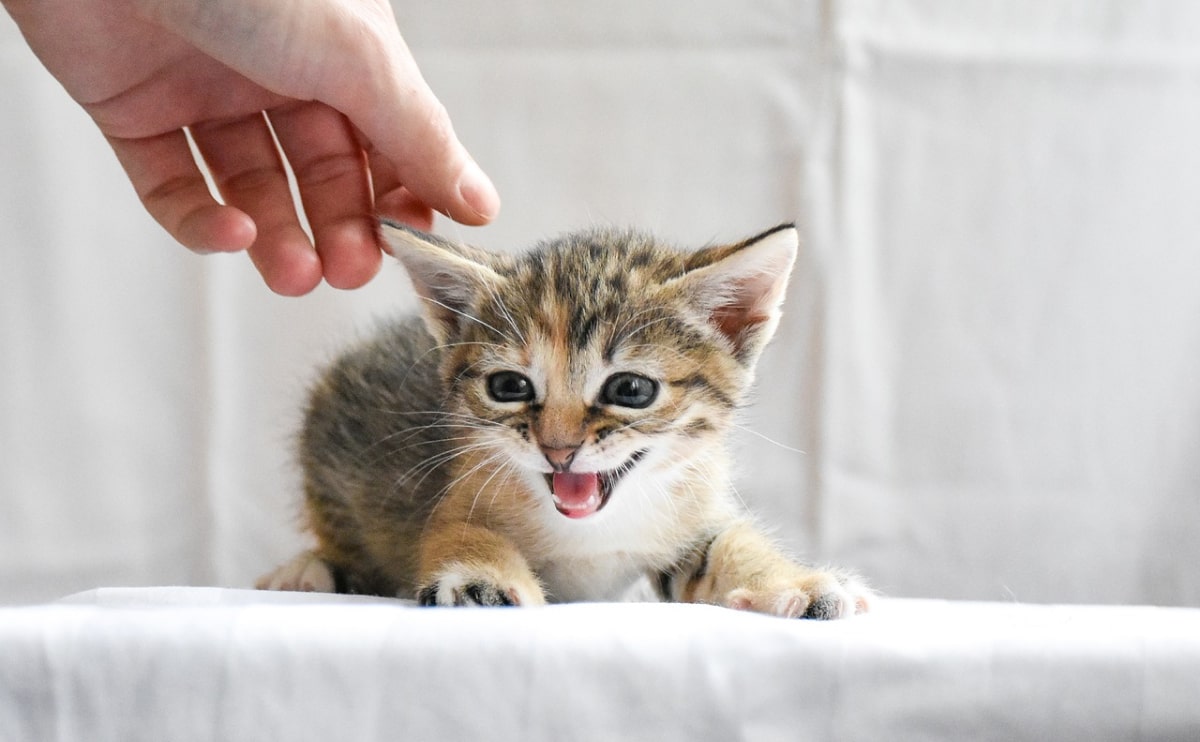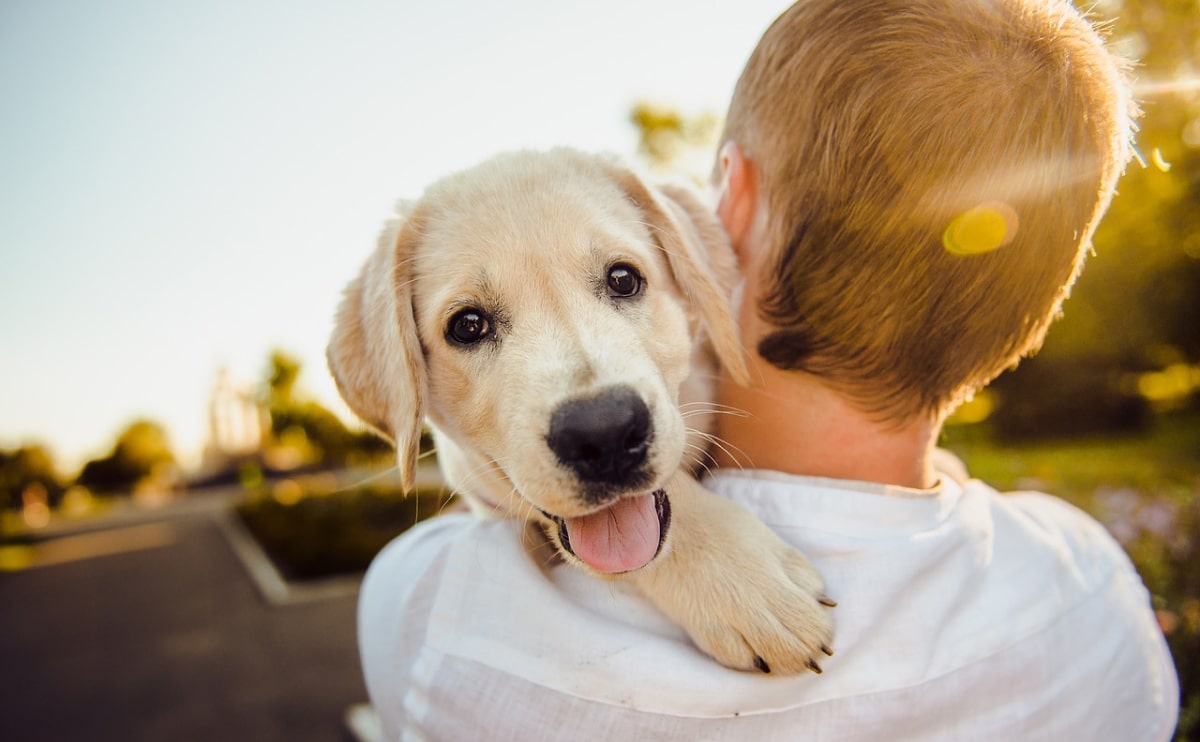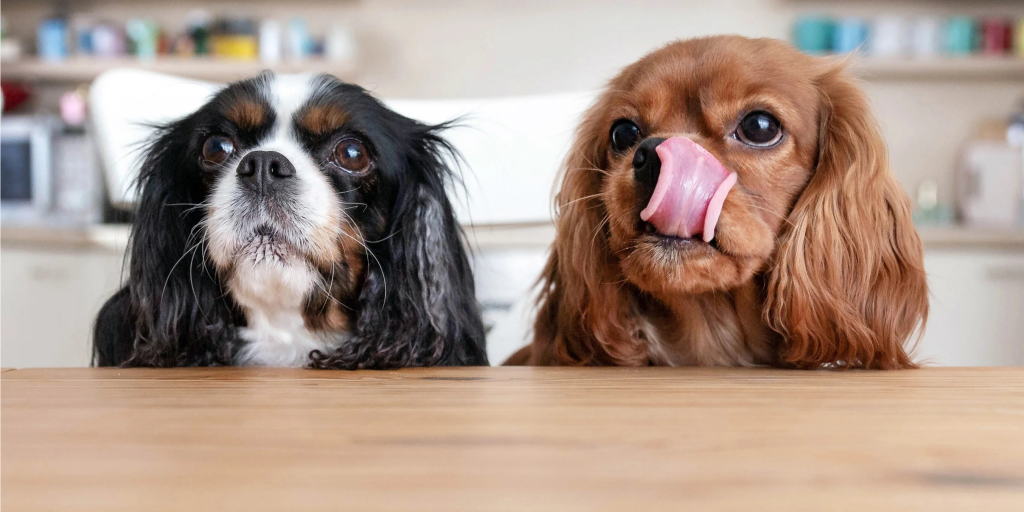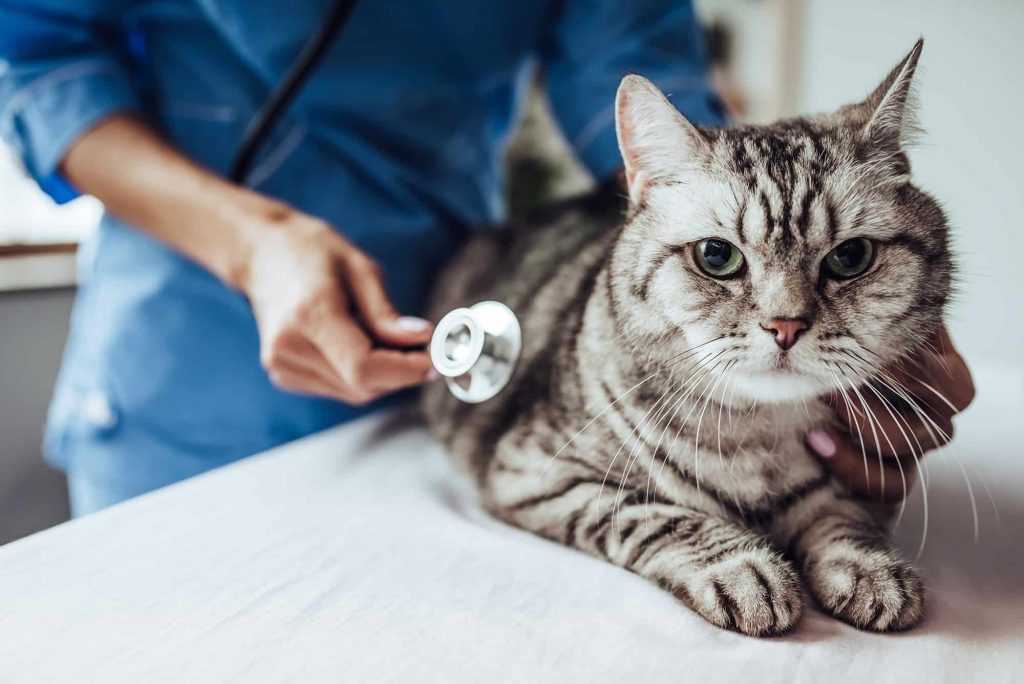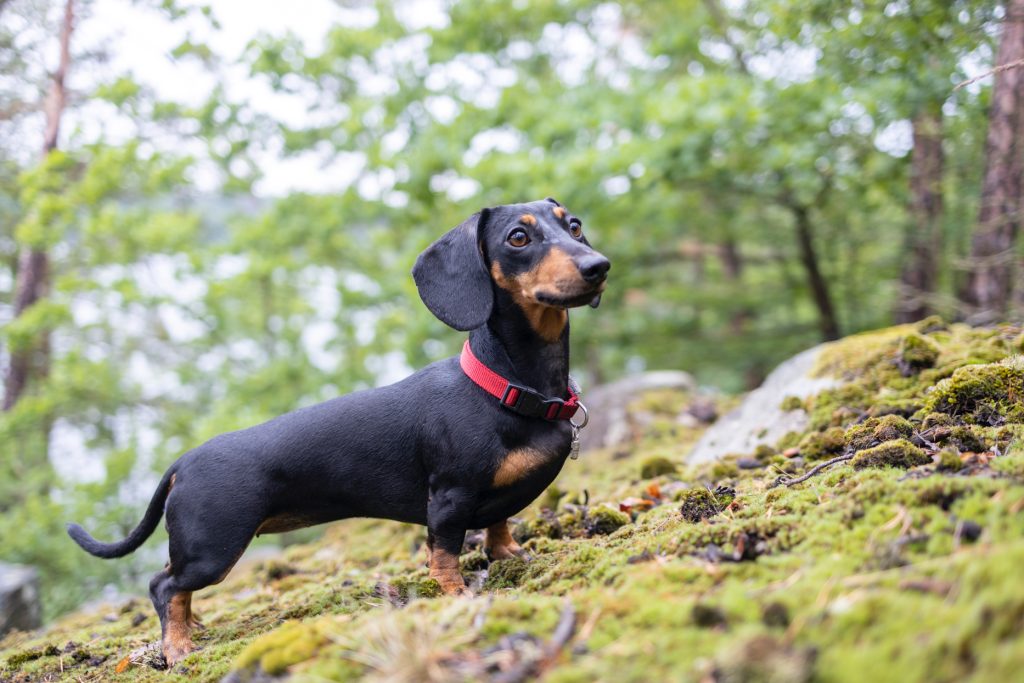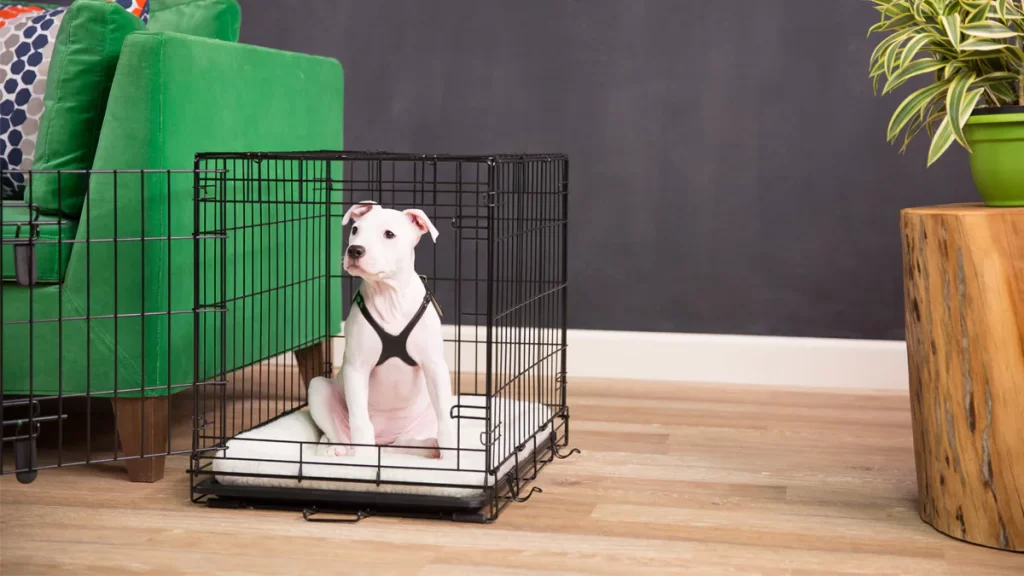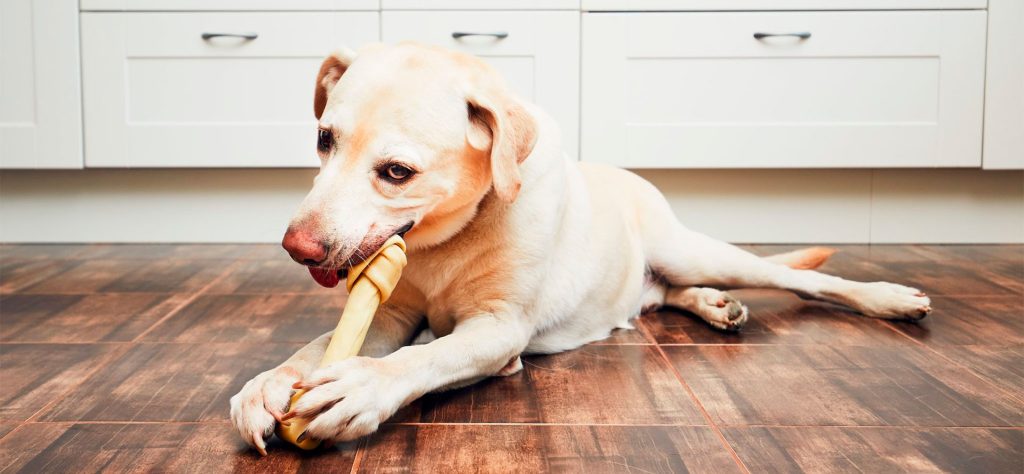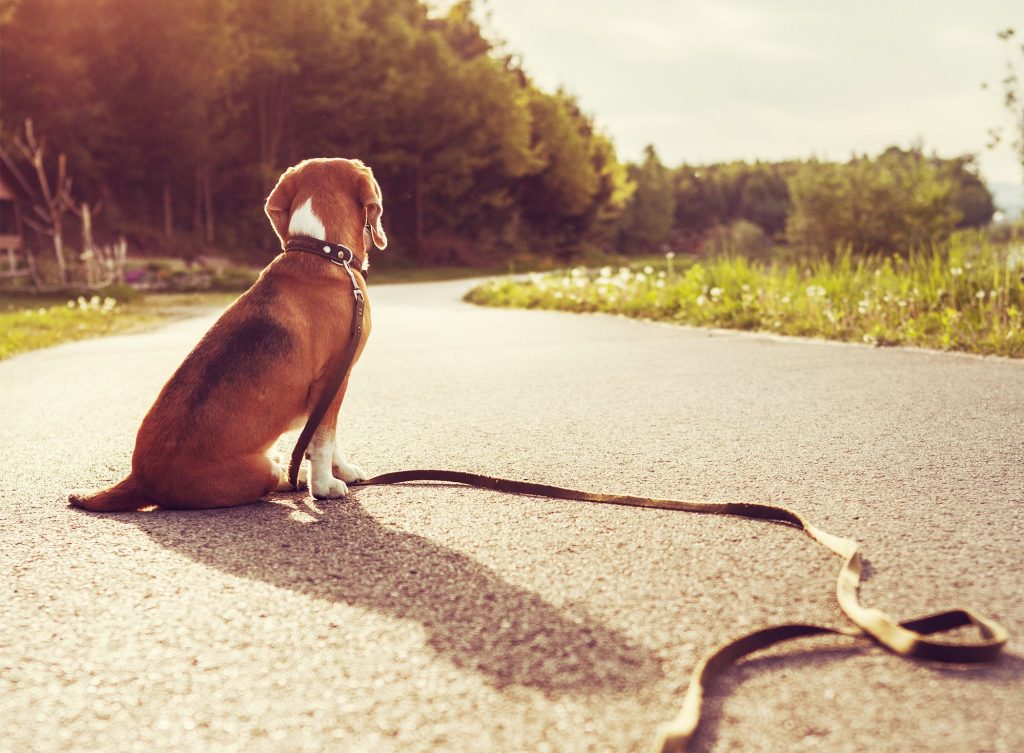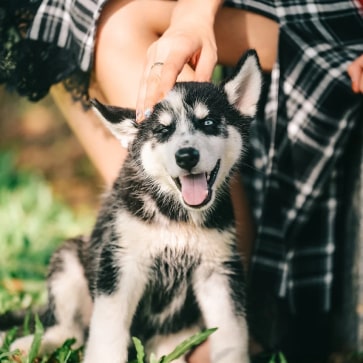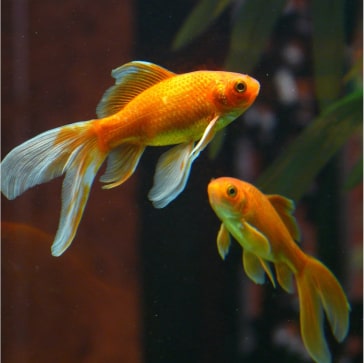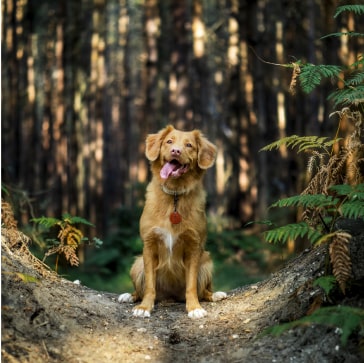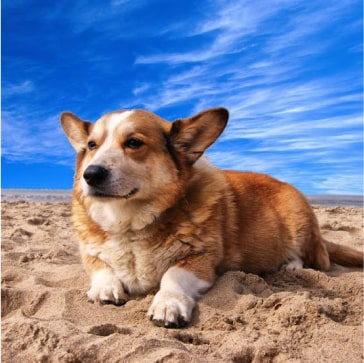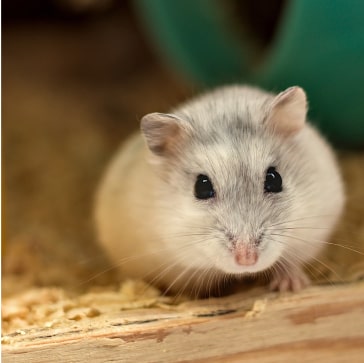Blog

How to Keep Your Dog’s Hygiene

Good cleanliness is critical to your overall health. The same is true for your dogs. Dogs do not groom themselves as cats do, therefore they need more assistance from you to be clean and healthy. Furthermore, maintaining your dog’s hygiene entails not just grooming him but also keeping his surroundings clean. Here are some things you should know about keeping your dog and your house clean.
Bathing Your Dog
If you’ve ever attempted to figure out how often to wash your dog, you’ve certainly come across a lot of conflicting information. The fact is that there is no set guideline for how often to wash your dog. It is determined by characteristics such as your dog’s breed, behaviors, and coat type. Most dogs are OK with a wash once a month, but if your dog has an oily coat or gets into a lot of mud puddles, she may need a bath more often. Dogs with double coats or waterproof coats need fewer baths but more regular brushing. Dogs with smooth, short coats may be good with a wash every three months. If you have any queries about how frequently to wash your dog, your veterinarian is an excellent source of advice. If you feel your dog’s skin getting inflamed, consult your veterinarian about washing your dog less often.
When bathing your dog, use canine-specific shampoo. Using human shampoo or cleansers like dish detergent might dry out her skin. While conditioner is optional, some dog owners like it because it softens and scents their dogs’ fur. Again, apply a pet-specific conditioner.
When introducing your dog to bathing, proceed at his speed. Begin familiarizing your dog with the tub before he needs a bath to avoid a stressful experience for him. As a diversion, try putting xylitol-free peanut butter or another nutritious treat around the tub’s walls, and be sure to thank him for good behavior after the bath is over.
Cleaning Your Dog’s Paws
You should clean your dog’s paws more often than you wash her. If you bathe her once a month, her paws may need cleaning on a monthly or biweekly basis. Consult your veterinarian for precise suggestions. As she goes around outdoors, her paws come into touch with the earth and may take up all kinds of terrible pollutants and allergies. These may not only hurt her if she licked them off her paws, but they could also spread throughout the home. You may use a moist towel or disposable wipes to clean them.
Once your dog’s paws are clean, you may keep them from cracking and peeling by applying paw wax to the pads. If your dog has lengthy hair between the pads, it should be clipped. The nails should also be cut or ground down.
Cleaning Your Dog’s Bed
Bathing your dog might be counterproductive if he sleeps on a soiled bed. If your dog’s bed cannot be washed, follow the cleaning recommendations. Consider using a detachable cover that can be machine washed on a regular basis.
The same is true for your dog’s collar. Because you can’t completely wash him with his collar on, it makes sense to clean it at the same time. While he is bathing, soak it in a combination of dog shampoo and hot water, then rinse it with cold water. Another approach is to wash the collar before giving your dog a bath. Just be sure you use a pet-friendly detergent.
Brushing Your Dog’s Teeth
The most prevalent medical problem in dogs is periodontal disease. Tartar accumulates on the teeth and irritates the gums, causing gaps to develop between the gingiva and the teeth where germs may gather. Periodontal disease complications include tooth loss and infection spread to other regions of the body.
Brush your dog’s teeth at least once a day using a tiny toothbrush and canine toothpaste. This is safe for dogs and comes in flavors that they like. If you can’t clean your dog’s teeth every day, dental chews may assist.
Cleaning Your Dog’s Toys and Food Dishes
While cleaning your dog’s teeth helps to prevent tartar accumulation and gum disease, if he chews on unclean toys or eats from dirty dishes, he may reintroduce germs into his mouth, possibly creating health concerns. If your dog’s food and water bowls can go in the dishwasher, cleaning them at least once or twice a week is a breeze. Otherwise, you may hand-wash them with regular dish soap.
Cleaning your dog’s toys may avert a worse problem. Most cleaning sprays and home disinfectants are potentially hazardous if consumed by your dog. You may clean these toys by soaking them in a solution of half vinegar and half water for 30 minutes. You may also clean your dog’s hard toys using a bleach-water solution.
Your dog’s soft toys should have tags with cleaning instructions indicating whether they may be washed or must be spot cleaned. Dog toys should be washed once a month.
Maintaining your dog’s hygiene helps keep her happy and healthy, as well as your house tidy.
Petstup is an official seller of the many well-known pets brands, focused on improving the lives of pets, pet parents and our partners. We proudly offer a large variety of pet nutrition products and supplies competitively priced for dogs, cats, reptiles, fish, birds and small animals. Petstup is your one stop shop for all your pet’s needs. All our products are authentic, and pass all mandatory United States standards and veterinary practices. We run several warehouses across the United States to serve you better and faster.




